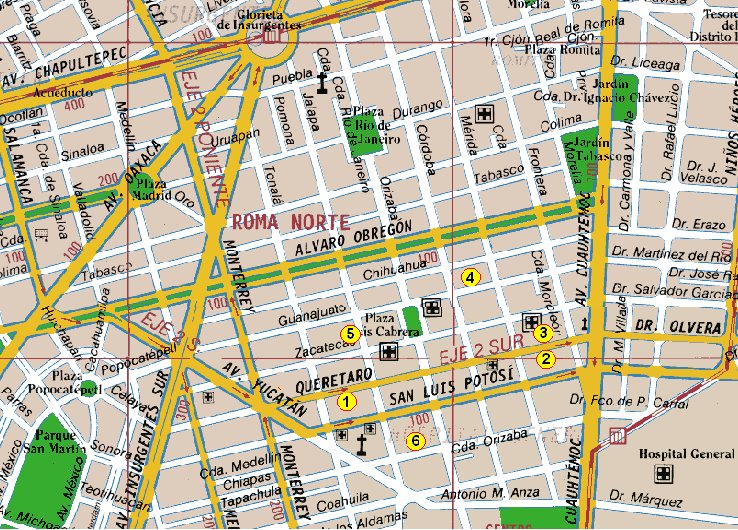First activity: read the Spanish dialog and try to understand, then order the English Translation.
- •Buenas tardes, aquí tiene el menú.
- •Gracias .....
- •¿Qué desea ordenar?
- •Yo quiero una sopa de cebolla y un filete en salsa española, por favor
- •¿De beber?
- •Un jugo de naranja
- •Enseguida le traigo su orden ......
- •¿Desea algo más?
- •Si, la cuenta por favor.
- •In a moment I’ll bring you your order
- •To drink?
- •Thank you.
- •Anýthing else?
- •Good afternoon, here you have the menu.
- •Yes, the bill please.
- •What would you like to order?
- •Orange juice.
- •I’d like onion soup and a fillet in spanish sauce, please.
- •Good afternoon, here you have the menu.
- •Thank you....
- •What would you like to order?
- •I’d like onion soup and a fillet in spanish sauce, please.
- •To drink?
- •Orange juice.
- •In a moment I’ll bring you your order
- ....
- •Anýthing else?
- •Yes, the bill please.
Check the vocabulary in "vocabulario de comida" sheet.
Fajitas (pollo, pimiento, salsa)
Enchiladas (pollo con salsa de tomates y chile con tortillas)
Nachos (tortilla frita con guacamole o queso)
Tacos (carne en tortilla)
Empanadas (pasta rellena de carne)
3) We practice the dialog with a real menu from a mexican restaurant
4) We discuss about Latin-American beverages, do you know any?
Cerveza
Tequila
Mezcal
Horchata
Chocolate
5) We saw three videos from the bbc web page. you can check them in the link "BBC videos bebidas"
6) Grammar
Un = a (masculine)
Una = a (feminine)
Ejemplo:
Yo quiero una sopa de cebolla
Yo quiero un café



